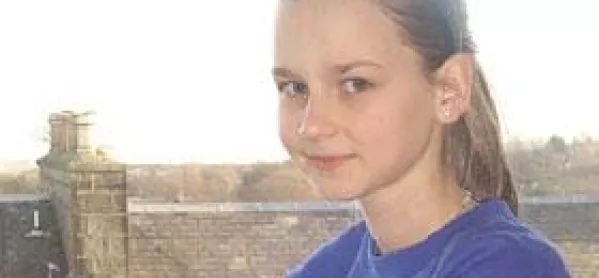English and the art of writing

English is not the first language of almost half of the 150 children at Kittybrewster School in Aberdeen.
The school has always had a significant number of children for whom English is an additional language, given that it is in the catchment of the hospital and university. However, in the past three or four years, due to the influx of Eastern Europe immigrants, headteacher Ian Macindoe estimates the proportion has doubled.
However, the school’s rich cultural mix was no excuse for its poor attainment in English language, which in 2007 was rated weak by inspectors, says Mr Macindoe. He became head in 2006 and admits the figures were “woeful” and “embarrassing”. In his previous existence, he had been charged with modelling writing across the authority. Now he had to put his words into practice.
In June 2007, just 39 per cent of pupils were hitting the expected level for writing at their age and stage; one year later and attainment had almost doubled, with over 60 per cent of pupils making the grade.
HMIE’s follow-up report, published in March, found “children now write more effectively and are producing some imaginative stories and poems”. It went on to praise the school for using art to improve pupils’ skills in aspects of English language, flagging up its work in the area as an example of good practice.
Some of the underachievement at Kittybrewster was simply a matter of poor tracking and recording, says Mr Macindoe. But much of the turnaround has been down to the hard work of staff, he feels.
They attended relevant continuing professional development sessions, including a visit from Pie Corbett, former headteacher and author of more than 50 books.
Children, meanwhile, were organised into writing groups according to ability and teachers used a range of techniques as part of the AifL programme. Their writing is now more target-driven, with clear learning intentions like writing effective characterisations and success criteria are set out. They also receive lucid feedback on their work and on how to progress.
The school’s bid to improve literacy through art has also made a huge impact, says Mr Macindoe.
Aberdeen City Council was one of the seven local authorities to pilot “arts across the curriculum”, a project exploring the contribution the arts can make to children’s education and motiva- tion. Hearing about the initiative, Mr Macindoe arranged for art specialist Kirsty Aitken to work with composite classes P3-4 and P4-5 in order to improve their use of language.
Ms Aitken began by working on similes and metaphors, creating “concertinaed books”, which saw one group of children inventing a simile and the next taking it forward. “One book began with a man running as fast as a Ferrari and the picture showed a character who was part car, part man. Then it would be up to the next group to decide why he was running. They decided he was trying to escape a security guard who was as angry as a bulldog,” she explains.
After the similes were written, the children were then tasked with fitting them all into a longer and more detailed piece of writing.
Shadow puppetry proved to be equally effective when it came to improving language, continues Ms Aitken. The pupils had to think about the characters and the scenes they were creating, she explains. Whatever they pictured in their imagination, they had to find ways of expressing it.
This year, Ms Aitken is working across the whole school. Puppets feature again in P1-5, but this time they are more “Pinocchio-esque” than shadow. “We have had puppet shows, they have used the puppets to introduce themselves to each other, to discuss their strengths and weaknesses,” she says.
It is art, PSE and communication skills all rolled into one, she feels.
More senior pupils, meanwhile, are becoming embroiled in animation. Using computer programme Crazy-Talk they have animated self-portraits drawn in class and written scripts for their alter egos. Now they are moving on to experiment with stop motion animation.
Mr Macindoe sums up: “The children love going to Ms Aitken. Her lessons are exciting and dynamic; they don’t even realise they are writing.”
Computer games helped Martyna understand
A Polish girl at Kittybrewster School won a prize in a national writing competition less than two years after arriving in Scotland, with no English.
Martyna Zielinska, 11, came to Aberdeen with her family, days before Christmas 2006. Her rapid progress delighted her parents and teachers, and her success made headlines in the local paper. “The teachers really helped me,” says Martyna (above) at the school where 40 per cent of the 150 pupils have English as an additional language. “They put games on my computer so I could play them to help my English, and they talked to me slowly; and if I couldn’t understand, they would draw it.”
She also has supportive parents - her mother comes into the school two days a week to assist EAL teachers. Head-teacher Ian Macindoe is delighted by Martyna’s success, and at writing improvement across the whole school after an HMIE report identified shortcomings in 2007. “Martyna is a shining example of how this kind of teaching can work,” says Mr Macindoe, who was one of her teachers.
Keep reading for just £1 per month
You've reached your limit of free articles this month. Subscribe for £1 per month for three months and get:
- Unlimited access to all Tes magazine content
- Exclusive subscriber-only stories
- Award-winning email newsletters



